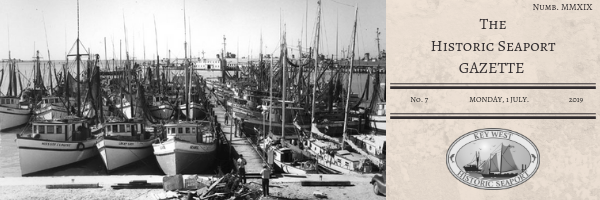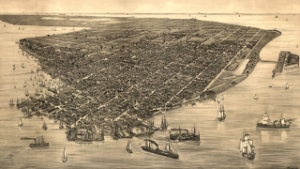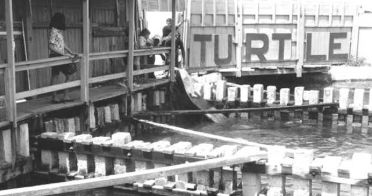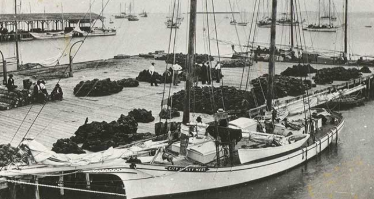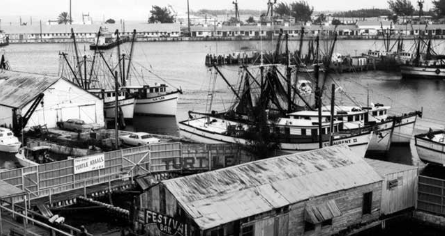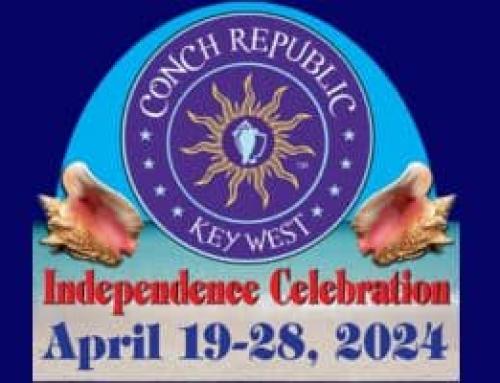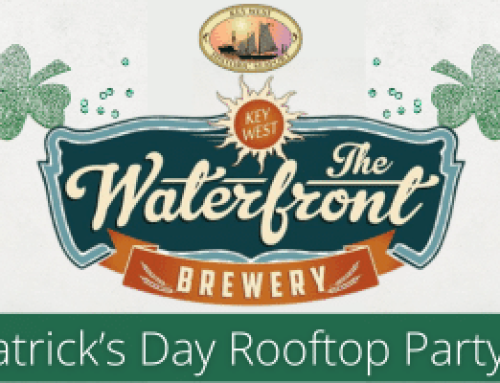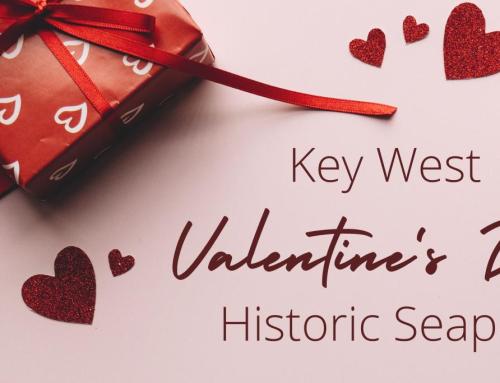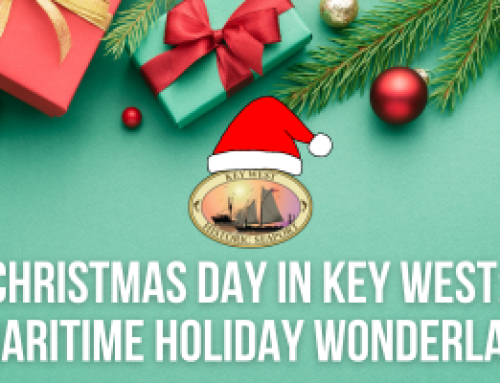The Key West Historic Seaport Gazette
While on an expedition to Florida in search of the Fountain of Youth, Ponce de Leon was the first man to discover Key West in the early 1500s. After landing ashore and establishing himself throughout the island, Ponce de Leon named the island Cayo Hueso, which means Bone Island in Spanish, for the bleached limestone rock formations amongst the island of Key West.
As time progressed and as the city quickly evolved, during the 1800s, the Key West was at the center of the sea turtle processing and canning industry. During that period of time, sea turtle meat was considered a delicacy and was highly sought after. Individuals were using the meat for soups and steaks, while turtle skins went to making leather goods and the shells were being used for jewelry accessories.
The Historic Seaport served as a primary location for turtle kraals and canneries throughout the duration of the sea turtle industry. Tourists would flock to the seaport to watch hundreds of turtles being taken off fishing boats. With tens of thousands of turtles being consumed each year, it was no surprise that in the course of 100 years the sea turtle population quickly decimated. Catch size regulations were implemented by the Federal Government in the early 1970s and shortly after, in 1973, the Endangered Species Act officially made it illegal to remove a turtle of any size from U.S. waters. As a result, a result in which we are support and love, all the turtle industry abruptly ended and all turtle canneries subsequently closed.
Also beginning during the 1800s, the Sponge Fishing Industry gained notary when native Key West fisherman found sea sponges washed ashore the island. What was initially meant to be used locally, these sea sponges quickly became a highly sought after domestic commodity. For decades to come, Key West had a monopoly of sponge trading. Sponge fleets, consisting of small rowing dinghies, traveled off the coast of the Historic Seaport where fishermen used long poles with a 3-4 pronged rake to hook sponges found along the seafloor. These sponges were then cleaned and tied together for transport to the sponge docks for sale at an auction.
With roughly 1,000 people employed as fishers and shoreside helpers, there were at least 119 vessels at the peak of the sponge trade industry in Key West. Eventually, local sponging grounds began to deplete and the sponge fishing industry shifted north of the keys. Sponges remained an important article of commerce until artificial substitutes were created and became common after WWII. In turn, essentially eliminating Florida’s sponge industry.
As you can see, Key West is enriched in history dating all the way back to the 1500s. As first settlers arrived on the island, Key West has seen an amass of historical changes throughout the centuries. From Ponce de Leon to Henry Flagler or even Ernest Hemingway, many amazing men with an even more amazing story to tell have helped shaped Key West into what it is today.
With that, the Key West Historic Seaport has played a major role in Key West’s history as our seaport has opened up a world of possibilities for sea captains, early settlers and individuals such as Ponce de Leon. Considering Key West’s island could only be accessible by boat in the earlier centuries, the Historic Seaport has made the evolution of our island possible. With boats and Schooners being used regularly, Key West was once known as the richest city in America.
It goes without saying, the Key West Historic Seaport is notoriously striving to honor its heritage while also incorporating a modern comfort of elegance. It is because of the historic roots that we have been able to lay down the foundation for a modern yet preserved and thriving seaport. Located in Old Town Key West, the Historic Seaport has always strived to honor its past while holding on to its character. Evolving into 20 acres of world-class dining, one of a kind shops, live music, museums, year-round events and a variety of watersports and fishing excursions, the Historic Seaport is truly a place where old meets new. The Historic Seaport is the perfect place to experience old Key West waterfronts with just the right blend of modern comfort convenience.
Key West Historic Seaport: Your Gateway to Everything Key West!
Facebook | Twitter | Instagram | YouTube | Yelp | TripAdvisor | Web


